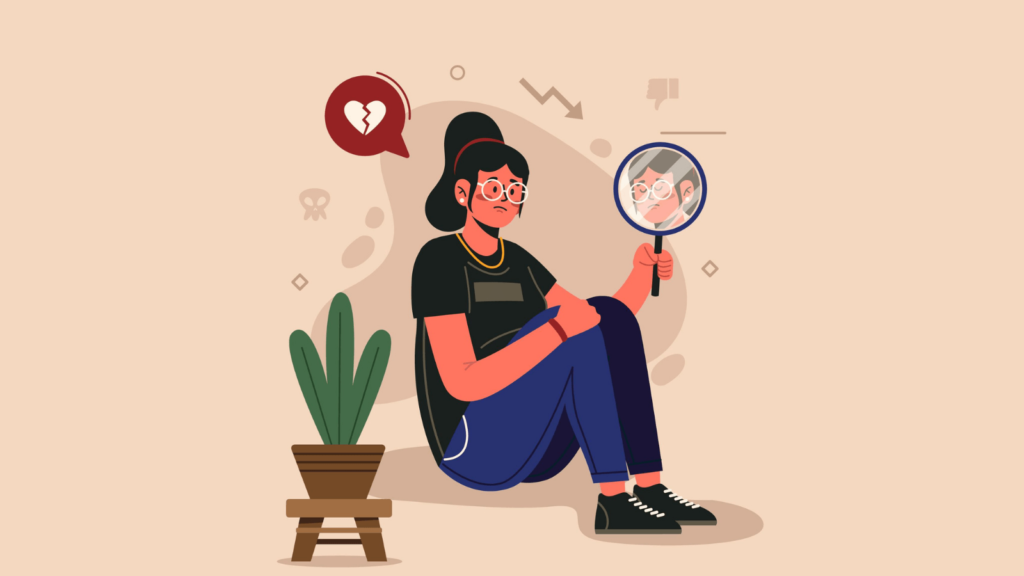There are many different types of body dysmorphia. In this blog post, we will discuss 11 of the most common types. Body dysmorphia is a mental disorder that causes people to have a distorted view of their bodies. They may see themselves as being much larger or smaller than they are, or they may see flaws in their appearance that do not exist. This can be extremely damaging to a person’s self-esteem and can lead to depression and other mental health problems. If you think you may be suffering from body dysmorphia, it is important to seek help from a professional.
Contents
- 1 What Is Body Dysmorphia?
- 2 Different Types of Body Dysmorphia
- 2.1 Erotomanic Body Dysmorphic Disorder
- 2.2 Muscle Dysmorphia
- 2.3 Skin-Picking Disorder
- 2.4 Body Dysmorphic Disorder with Depressive Features
- 2.5 Body Dysmorphic Disorder with Anxiety Features
- 2.6 Body Dysmorphic Disorder with Obsessive-Compulsive Features
- 2.7 Delusional Body Dysmorphic Disorder
- 2.8 Body Dysmorphic Disorder with Anorexia Nervosa
- 3 Negative Impacts of Different Types of Body Dysmorphia
- 4 Treatment of Different Types of Body Dysmorphia
- 5 Conclusion
What Is Body Dysmorphia?
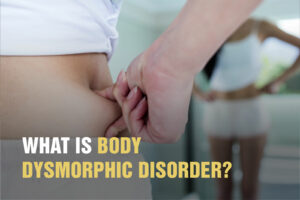 Body dysmorphia is a mental health disorder that causes a person to worry excessively about their appearance. People with body dysmorphia may think they are too fat, too thin, or have some other physical flaw that makes them unattractive. There are also many people with body dysmorphia who are of normal weight and have a healthy appearance.
Body dysmorphia is a mental health disorder that causes a person to worry excessively about their appearance. People with body dysmorphia may think they are too fat, too thin, or have some other physical flaw that makes them unattractive. There are also many people with body dysmorphia who are of normal weight and have a healthy appearance.
Body dysmorphia can lead to a preoccupation with dieting, excessive exercise, and even plastic surgery. People with this disorder may also suffer from depression, anxiety, and social isolation. It also makes it a challenge to work or go to school. There are different types of body dysmorphia. It is important to remember that if you think you may have this disorder, it is important to seek professional help. A mental health professional can help you manage your symptoms and get on the road to recovery.
Sometimes, people with body dysmorphia will only see their flaws when they look in the mirror. For others, they may constantly think about their appearance and how they can improve it. They may obsess over every detail of their appearance and spend a lot of time comparing themselves to other people.
Body dysmorphia can cause a person to avoid social situations, miss work or school, and have trouble maintaining relationships. It is important to seek help if you are struggling with this disorder. There are many resources available to help you get on the road to recovery.
Different Types of Body Dysmorphia
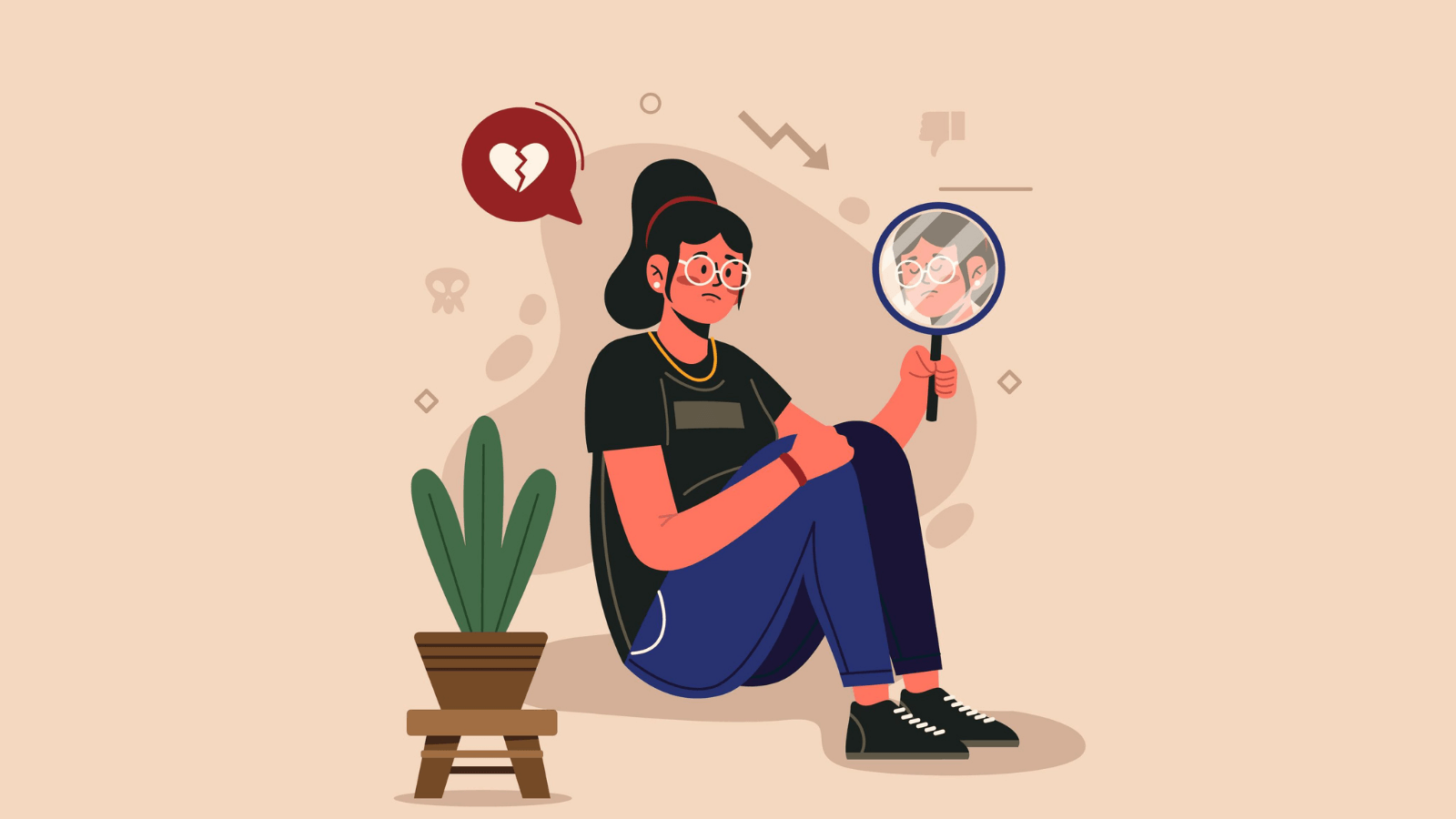
There are many different types of body dysmorphia, and it is important to be aware of them. Here are 11 different types:
Erotomanic Body Dysmorphic Disorder
Erotomanic body dysmorphic disorder is a type of body dysmorphic disorder in which the sufferer believes that someone is in love with them, even if there is no evidence to support this belief. This can lead to the sufferer becoming obsessed with the person they believe is in love with them, and they may go to extreme lengths to try and make contact with this person or get their attention.
Muscle Dysmorphia
Muscle dysmorphia is a type of body dysmorphic disorder that affects both men and women. It is characterized by an intense fear of being too small or weak, and sufferers will often spend hours at the gym working out in an attempt to bulk up. Muscle dysmorphia can lead to dangerous behaviors such as steroid abuse, and it can also be accompanied by eating disorders such as anorexia nervosa or bulimia nervosa.
Skin-Picking Disorder
Skin-picking disorder, also known as dermatillomania or excoriation disorder, is a type of body dysmorphic disorder that is characterized by compulsive skin picking. Sufferers may pick at their skin until it bleeds or becomes raw, and they may do this in response to real or imaginary imperfections. The skin-picking disorder can lead to serious medical complications, and it can also be accompanied by other mental disorders such as anxiety or depression.
Body Dysmorphic Disorder with Depressive Features
Body dysmorphic disorder with depressive features is a type of body dysmorphic disorder that is characterized by depression and low self-esteem. People with this type of body dysmorphic disorder may obsess over their appearance and believe that they are ugly or deformed, even if there is no evidence to support this belief. This can lead to social withdrawal and isolation, as well as suicidal thoughts and behaviors.
Body Dysmorphic Disorder with Anxiety Features
This type of BDD is similar to the obsessive-compulsive type, except that the individual with this disorder also experiences anxiety symptoms. These may include panic attacks, social anxiety, and general anxiety. Individuals with this type of BDD may avoid social situations and activities due to their fear of being negatively judged by others. Also, like the obsessive-compulsive type, this subtype of BDD is more common in males.
Body Dysmorphic Disorder with Obsessive-Compulsive Features
In this type of body dysmorphia, individuals are fixated on a certain physical feature or features and often perform repetitive behaviors in an attempt to improve their appearance. Individuals with this type of body dysmorphia may obsessively check mirrors, excessively groom themselves, or seek surgery. Many times there is also co-occurring obsessive-compulsive disorder (OCD) symptoms present.
Delusional Body Dysmorphic Disorder
Delusional body dysmorphic disorder is a more severe form of disorder in which individual experiences distorted perceptions of their physical appearance. These delusions can be very complex and detailed, and individuals with this type of body dysmorphia may go to great lengths to hide their perceived flaws. In some cases, individuals with delusional body dysmorphic disorder may even believe that they have a medical condition as a result of their appearance.
Body Dysmorphic Disorder with Anorexia Nervosa
An individual with this type of body dysmorphia is fixated on their weight and shape to the point where they may develop an eating disorder. Individuals with this type of body dysmorphia often see themselves as overweight, even when they are underweight or at a healthy weight. They may excessively diet or exercise, use unhealthy weight loss methods, or purging behaviors.
Negative Impacts of Different Types of Body Dysmorphia
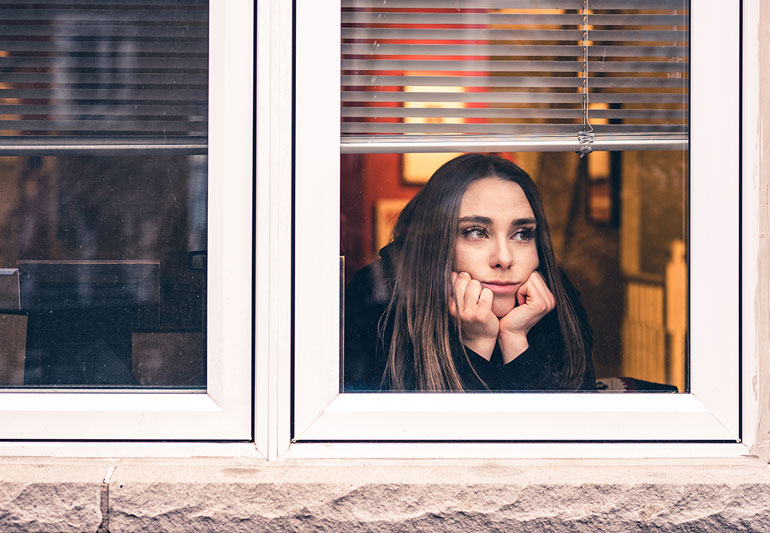
There are many different types of body dysmorphia, and each one can have different negative impacts on a person’s life. Here are some of the most common types of body dysmorphia and their effects:
Low Self Esteem
One of the major effects of body dysmorphia is low self-esteem. Individuals with body dysmorphia often see themselves as unattractive, even if they are not. This can lead to feelings of shame, embarrassment, and worthlessness. There are also many physical effects of low self-esteem, such as increased anxiety and depression.
Social Isolation
Another common effect of body dysmorphia is social isolation. Individuals with body dysmorphia often avoid social situations due to their feelings of embarrassment and shame. This can lead to problems with work, school, and personal relationships. In severe cases, individuals with body dysmorphic disorder may become completely isolated from the world around them.
Unhealthy Behaviors
Many individuals with body dysmorphic disorder engage in unhealthy behaviors in an attempt to improve their appearance. These behaviors can include excessive dieting and exercise, binge eating, purging, and using drugs or alcohol. These behaviors can often lead to even more serious health problems, such as eating disorders, substance abuse, and depression.
Self-Harm
Self-harm is another common effect of body dysmorphic disorder. Individuals with body dysmorphic disorder often pick at their skin or pull out their hair in an attempt to improve their appearance. This can lead to physical injuries, scarring, and even more feelings of shame and embarrassment.
One of the most serious effects of body dysmorphia is suicide. Individuals with body dysmorphic disorder often feel hopeless and helpless due to their negative self-image. This can lead to suicidal thoughts and attempts. It is estimated that up to two percent of individuals with body dysmorphic disorder die by suicide.
These are some of the negative impacts of different types of body dysmorphia. Body dysmorphic disorder is a serious mental illness that can have many different effects on a person’s life. If you or someone you know is struggling with body dysmorphic disorder, please seek professional help.
Treatment of Different Types of Body Dysmorphia
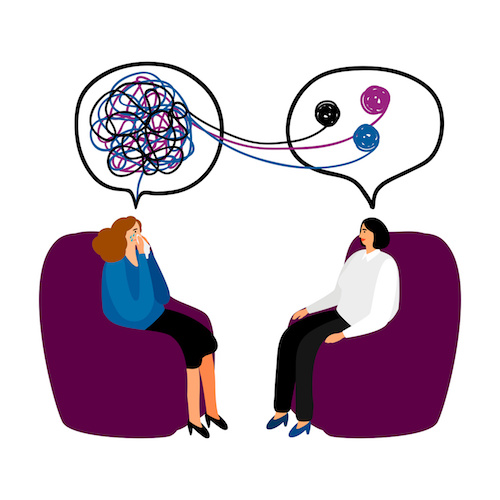
Treating body dysmorphic disorder can be difficult. The person may not believe that there is anything wrong with them, so they may not want to seek treatment. Even if they do want to get help, it can be hard to find a therapist who is experienced in treating this disorder.
Some of the treatment methods are:
Medications
Medications are often used to treat body dysmorphic disorder. The most commonly prescribed medication is a selective serotonin reuptake inhibitor (SSRI). This type of medication is also used to treat other conditions, such as depression and anxiety. These medications are also used to treat obsessive-compulsive disorder, which is often comorbid with body dysmorphic disorder.
Cognitive Behavioral Therapy
Cognitive behavioral therapy (CBT) is a type of therapy that is often used to treat body dysmorphic disorder. CBT can help the person to change their thinking patterns and behaviors. It can also help them to learn how to cope with their symptoms healthily. This type of therapy also helps to treat other conditions, such as anxiety and depression.
Exposure and Response Prevention
Exposure and response prevention (ERP) is a type of therapy that can often help to treat OCD. It can also help treat body dysmorphic disorder. ERP involves exposing the person to their triggers and then teaching them how to resist the urge to engage in their compulsive behaviors. This type of therapy can be very effective, but it can also be challenging.
Dialectical Behavioral Therapy
Dialectical behavioral therapy (DBT) is an effective treatment for body dysmorphia. DBT teaches people to accept themselves as they are and to change the thoughts and behaviors that are causing them distress. DBT is particularly effective in treating eating disorders, such as anorexia and bulimia, and it can also help treat body dysmorphia. If you are considering DBT for yourself or a loved one, be sure to find a therapist who is experienced in treating this condition.
Support Groups
Support groups are often helpful for people with body dysmorphic disorder. These groups provide a place for people to share their experiences and support each other. They can also help people to find treatment options and resources. These support groups are also often helpful for family and friends of people with body dysmorphic disorder.
Families of people with body dysmorphia can also benefit from therapy. This is because the disorder often affects not just the individual, but also their relationships with loved ones. Family therapy can help to improve communication and build understanding between family members. It can also help to identify and address any underlying issues that may be contributing to the development or maintenance of body dysmorphia.
Self-Care
Self-care is important for everyone, but it is especially important for people with body dysmorphic disorder. This is because the condition can be very stressful and overwhelming. Self-care activities, such as exercise, relaxation, and healthy eating, can help to reduce stress and improve mental health.
If you are struggling with body dysmorphic disorder, please seek professional help. There are many treatment options available, and there is hope for recovery.
Conclusion
Body dysmorphia is a mental disorder that can cause people to fixate on perceived flaws in their appearance. It can lead to distorted thinking and a preoccupation with correcting the “flaw.” Treatment for body dysmorphia may include therapy, medication, and self-care. If you think you might have body dysmorphia, talk to a mental health professional.
There are also many different types of body dysmorphia, which can make the disorder even more complex. It also means that there’s not just one way to treat it. Your mental health — Your psychological, emotional, and social well-being — has an impact on every aspect of your life.
Hope this article was of help to you! If you are suffering from body dysmorphia, you may seek help from Therapy Mantra. We have a team of highly trained and experienced therapists who can provide you with the tools and skills necessary for overcoming Body dysmorphia. Contact us today to schedule an online therapy or download our free OCD treatment app on Android or iOS for more information.
